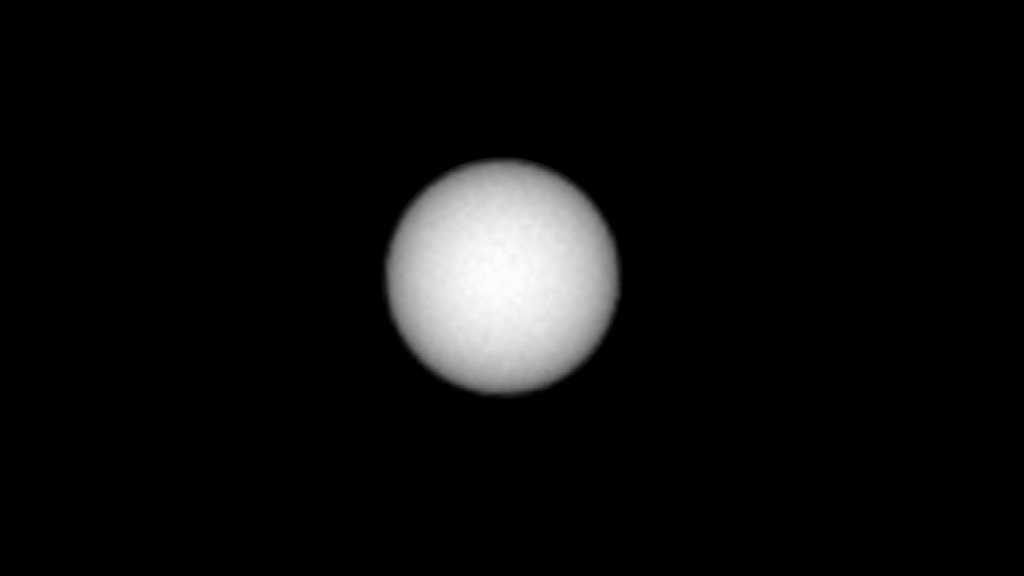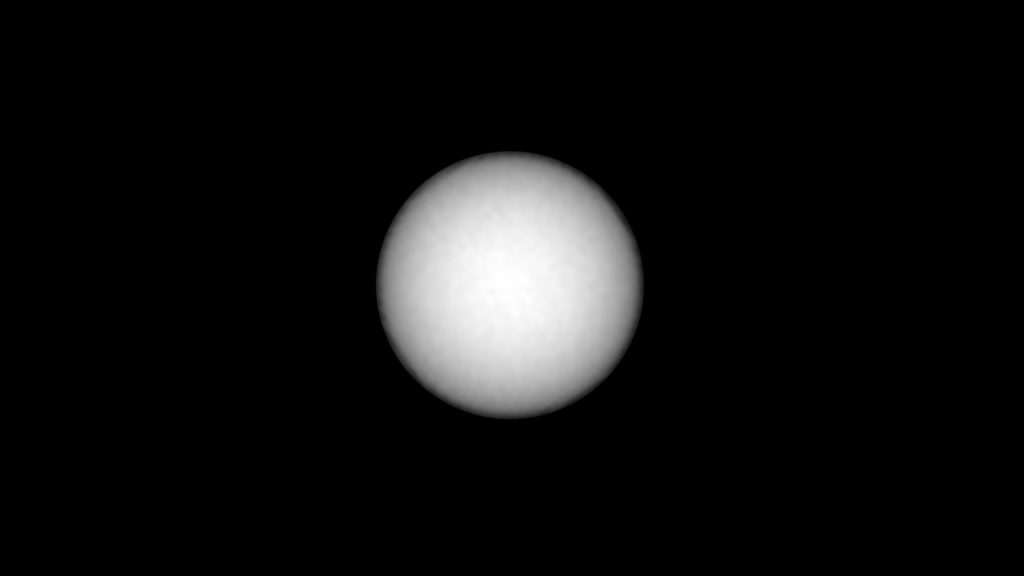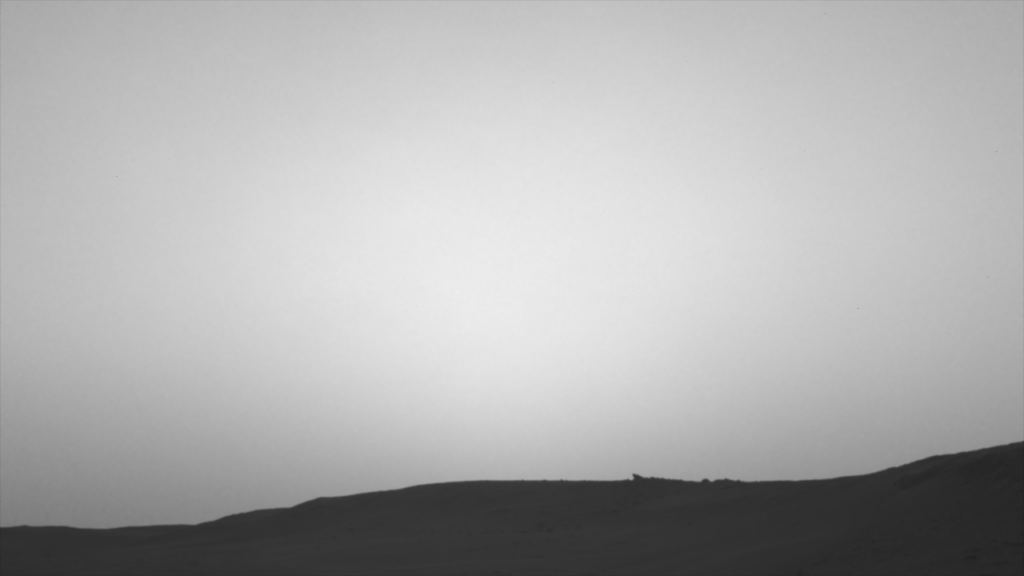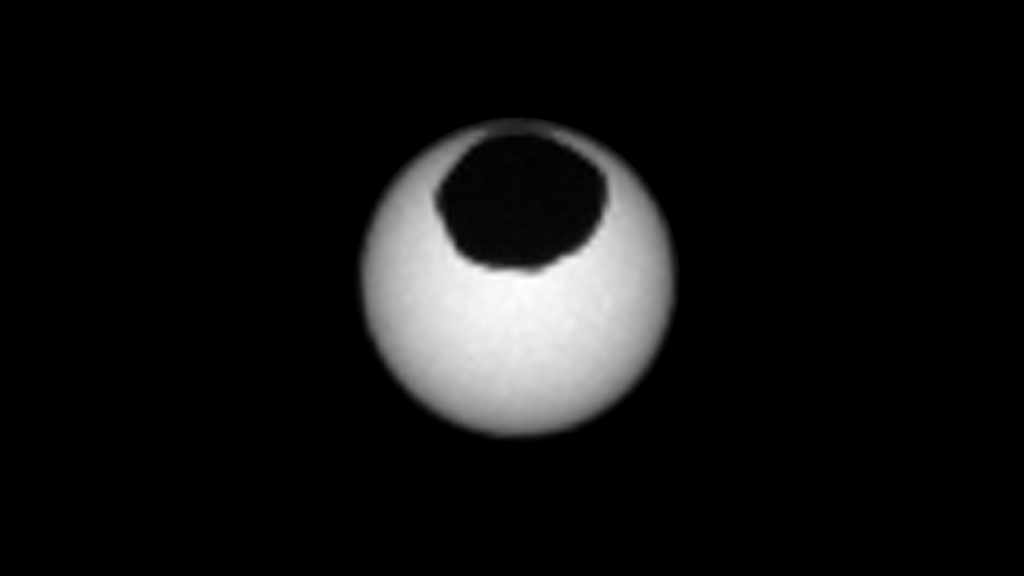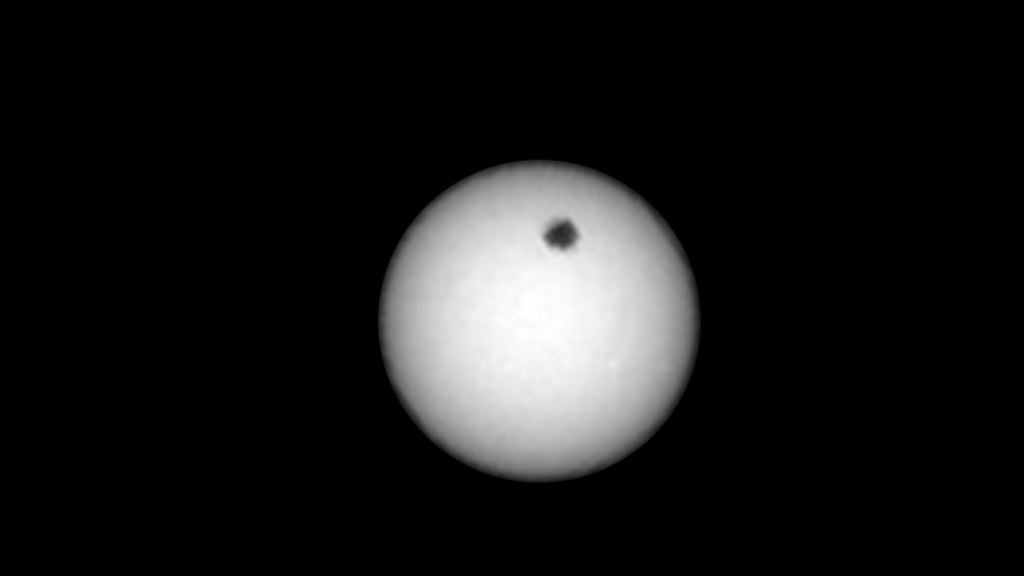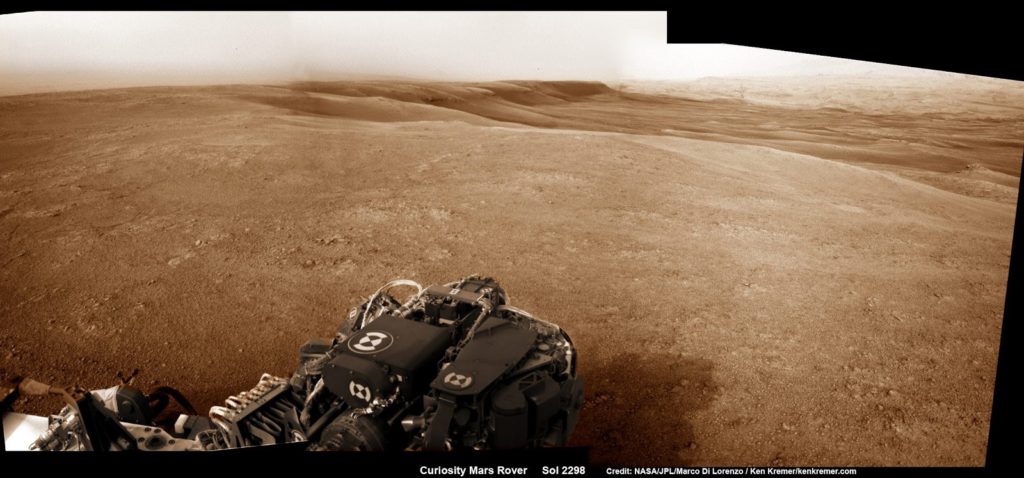RocketSTEM –30 April 2019
CAPE CANAVERAL,
FL – In recent weeks NASA’s Curiosity rover has occasionally trained its camera
eyes skywards instead of ground wards and captured a batch of stunning new solar eclipse images of both of
the Red Planets tiny moons – namely Phobos and
Deimos – eclipsing our sun.
And because its Mars,
these Martian Solar Eclipses are completely different from our Solar Eclipses
and because of their different orbits and shapes they are also completely
different from one another.
Curiosity is able
to directly photograph the Sun without damaging the Mast Camera (Mastcam) because it is equipped with special solar filters.
imaged on March 26, 2019 (Sol 2359 of Curiosity’s mission); Deimos, which is as
wide as 10 miles (16 kilometers) across, was photographed on March 17, 2019
(Sol 2350).
The Phobos gif animation above
was imaged using Mastcams right-eye solar filter. The images have been sped up
by a factor of 10; the entire eclipse lasted about 35 seconds.
Likewise the Diemos gif
animation was imaged with Mastcam right. The images have been sped up by a
factor of 10 and the transit lasted several minutes.
Because the moons are so tiny and distant they don’t completely
cover the Sun, during the eclipses.
Thus the eclipse by Phobos can considered an annular eclipse.
Diemos is even smaller and thus can be considered as transiting
the Sun – much like Mercury transits the Sun as seen from Earth.
the Mars two moon serve a wonderful scientific purpose – they help determine and
refine the exact orbits of each one around the Red Planet which were not precisely
known in the past.
“Before the Spirit and Opportunity rovers landed in 2004, there
was much higher uncertainty in the orbit of each moon, said Mark Lemmon of
Texas A&M University, College Station, a co-investigator with Curiosity’s
Mastcam. The first time one of the rovers tried to image Deimos eclipsing the
Sun, they found the moon was 25 miles (40 kilometers) away from where they
expected,” NASA said in a statement.
“More observations over time help pin down the details of
each orbit,” Lemmon said.
“Those orbits change all the time in response to the
gravitational pull of Mars, Jupiter or even each Martian moon pulling on the
other.”
“To date, there have been eight observations of Deimos eclipsing
the Sun from either Spirit, Opportunity or Curiosity; there have been about 40
observations of Phobos. There’s still a margin of uncertainty in the orbits of
both Martian moons, but that shrinks with every eclipse that’s viewed from the
Red Planet’s surface.”
rover has recently moved on from Vera Rubin Ridge to her new Red Planet home
and next area of investigation – previously dubbed the ‘clay-bearing unit’ and
now renamed ‘Glen Torridon’.
‘Glen Torridon’ sits in a trough just south of the ridge. Clay minerals in this
unit may hold more clues about the ancient lakes that helped form the lower
levels on Mount Sharp.
As of today, Sol 2393, Apr 30, 2019 Curiosity has driven over
12.70 miles (20.44 kilometers) since its August 2012 landing inside Gale Crater
from the landing site to Mount Sharp and taken over 569,500 amazing
images.
Following the demise of the Opportunity rover killed by a planet
encircling dust storm after 15 exciting years of exploration, Curiosity is NASA’s
only function rover operating on the Red Planet.
The stationary InSight lander also continues science
operations and recently recorded the first ‘Marsquakes’ as we reported here.
Watch for Ken’s continuing
onsite coverage of NASA, SpaceX, ULA, Boeing, Lockheed Martin, Northrop Grumman
and more space and mission reports direct from the Kennedy Space Center, Cape
Canaveral Air Force Station, Florida and Wallops Flight Facility, Virginia.
Stay tuned here for Ken’s continuing Earth and
Planetary science and human spaceflight news: www.kenkremer.com –www.spaceupclose.com – twitter @ken_kremer
– email: ken at kenkremer.com
Dr. Kremer is a research scientist and journalist based in the
KSC area, active in outreach and interviewed regularly on TV and radio about
space topics.
Ken’s photos are for sale and he is available for lectures and outreach events
Learn more about the upcoming/recent SpaceX Falcon 9/CRS-17 launch to ISS, Falcon
Heavy, SpaceX Demo-1 launch/test failure, SpaceX Beresheet launch, NASA missions, ULA Atlas & Delta launches,
Northrop Grumman Antares, SpySats and more at Ken’s upcoming outreach events at
Quality Inn Kennedy Space Center,
Titusville, FL, evenings:
2/3/4: “SpaceX Falcon 9 CRS-17
resupply launch to ISS, Demo-1, Beresheet launches, SpaceX Falcon Heavy launches, upcoming SpaceX Falcon 9, ULA, NRO
& USAF Spysats, SLS, Orion, Boeing and SpaceX Commercial crew capsules,
OSIRIS-Rex, InSight Mars lander, Curiosity and Opportunity explore Mars, NH at
Pluto, Ultima Thule and more,” Kennedy Space Center Quality Inn, Titusville,
FL, evenings. Photos for sale


